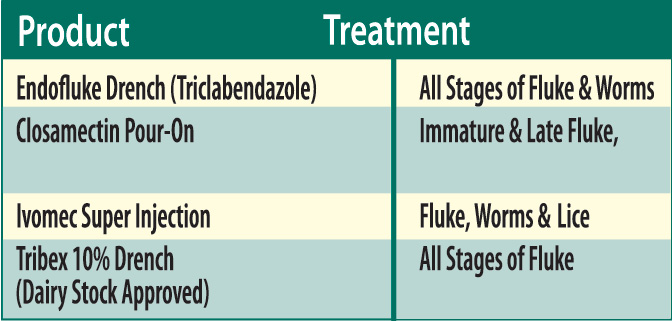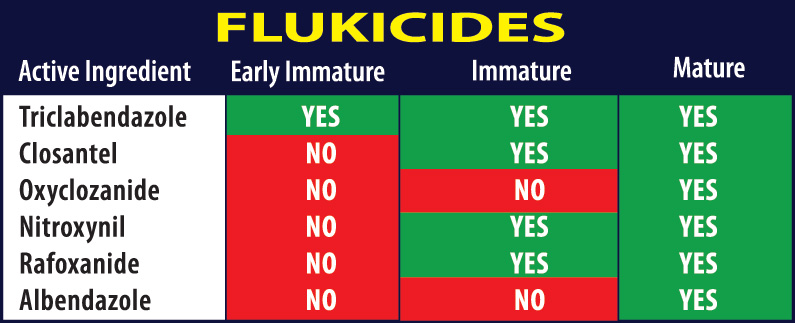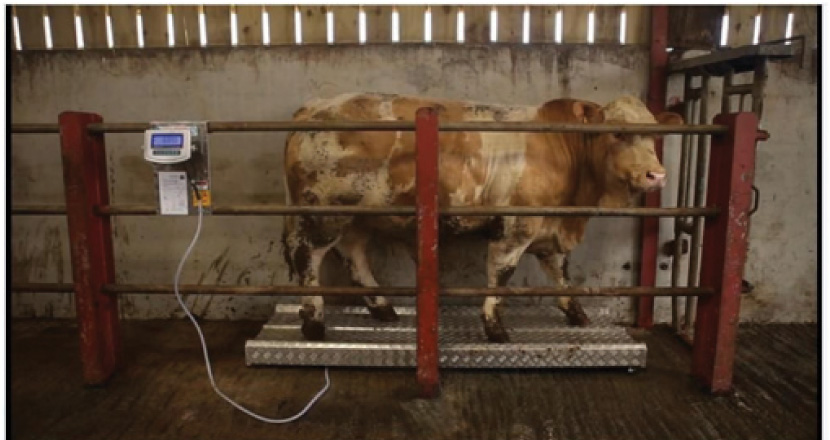The most common parasite groups to consider include:
- Stomach an intestinal worms
- Lungworms
- Liver flukes
- External parasites (lice and mange)
Housing provides a great opportunity to control parasites in cattle as cattle only pick up these parasites when grazing. Therefore, once housed, cattle will no longer pick up new fluke or worm parasites. This means that effective parasite treatments at, or after housing should keep the animals virtually free of worms and liver fluke until they return to pasture the next year.
Fluke
If the product used only kills the mature stages of liver fluke, it is best to delay treatment until 6-8 weeks after housing to allow all the immature fluke to mature into adults.
If animals are showing clinical signs of fluke, they can be dosed at housing and again six weeks later.
Resistance
Continuous use of the same wormer can lead to parasites becoming resistant, which effectively means that the wormer will have a decreased effect. Your vet can devise a plan to determine if resistance to a particular product is an issue on your farm.
Cost
This is the last thing that should dictate what dose is used. Spending a little extra on the correct product will save a lot in the long run.
Parasite Treatment:
Dosing with a Triclabendazole two to three weeks after housing should kill all the stages of fluke present and therefore a follow-up treatment should not be necessary. Triclabendazole is the only active ingredient to work against all three stages of the liver fluke. When treating for the external parasites like lice and mange, make sure to treat on the same day as they are contagious and if treated on separate days, they will reinfect the treated animals. It is highly recommended to shave your cattle, which prevents sweating, as well as keeping the risk of pneumonia to a minimum. Cattle clippers can be bought in our DRUMMONDS branches along with drenches and Pour-On solutions.
Recommended products available In Drummonds:

Flukicides

Benefits of Parasite Control:
Both internal and external parasites can cause a lot of damage, reducing animal performance by a reduced appetite, increasing the risk of viral and bacterial pneumonia, and thereby affecting FEED INTAKE which is the key driver of animal weight gain. Lice infestation can reduce performance by 30%.
Helpful Management Tips at Back End:
- Pay attention to dose-to-weight calculations (Don’t under/over dose).
- Treat all animals in a group together and ensure they are not in contact with untreated animals.
- Regular weighing of stock is the best way to monitor animal performance.
- Batch livestock according to size/weight.
- Ensure livestock have adequate feeding space.
- Check drinking troughs daily to ensure a clean supply of water.
- Ensure adequate ventilation in sheds.
- Shave cattle to reduce the risk of pneumonia.
- Ensure all sheds are kept clean and ensure lime is used on cubicles.



